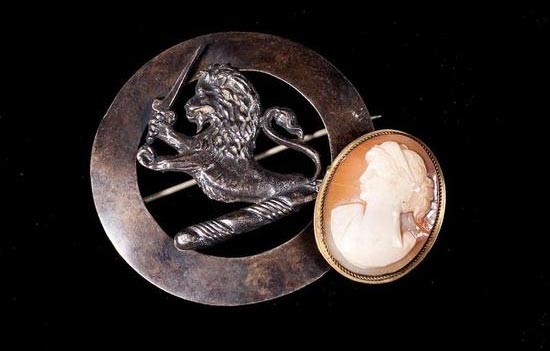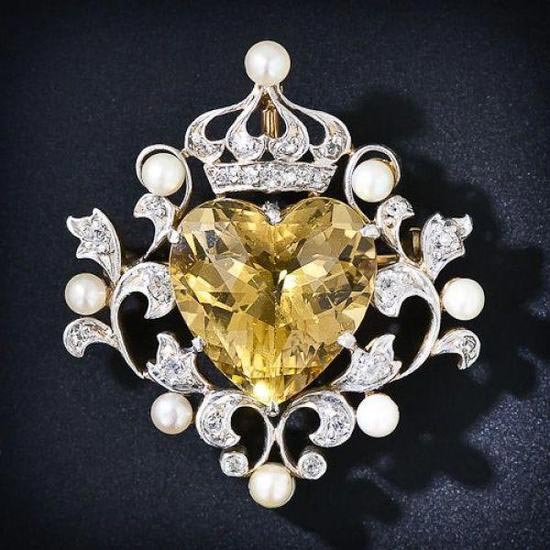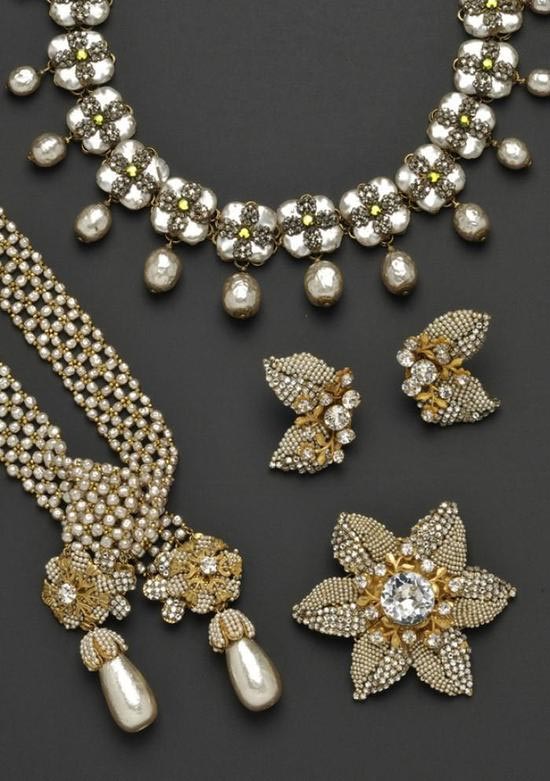Ancient jewels shine again – at least when exploring the historic jewel styles of the 19th and 20th centuries. According to GIA (American Gemological Institute, the top authority on gemology), today's jewelry designs often interpret the same gems, shapes and patterns as they have passed away. A review of past times reflects similarities between different eras. Victorian period (1837-1901) During the reign of Queen Victoria of the United Kingdom, a variety of different styles were popular - the early Victorian period (1837-1861) characterized by romantic nature; the mid-Victorian period (1861-1880), with the death of Prince Albert, prevailing inlaid with The jewels of black gems such as coal jade; the jewellery of the late Victorian period (1880-1901) tends to be light and chic. The embossed gemstones follow the custom. Some of the Victorian jewels are a reproduction of past culture, inspired by the themes of ancient Assyrian, ancient Greece, Etruscan, Roman, Egyptian, Gothic and Renaissance. The Age of Art Nouveau (1890-1914) The style of Art Nouveau in French is very different from the style of historical renaissance. It is inspired by nature and is characterized by imagination and tortuous artistic expressions. Flowers, animals, butterflies and insect patterns are very common, as well as a variety of illusory figures such as fairies and mermaids. The theme of women is transformed into an exotic creature, symbolizing the beginning of the women’s liberation movement. Actress Sarah Bernhardt is a patron of the Art Nouveau. René Lalique's jewellery design is also a classic example of this style. Edwardian era (1900-1915) Edwardian jewellery is known for its "garland" style, usually with a garland of ribbons and bows. These jewels are extremely luxurious, and rich people often use them to show off their wealth. Women of the upper class (such as Alexandra of Wales) have worn this decorative jewel, a style derived from the 18th century ornament. Silver is often replaced by platinum, which is the result of technological advances, indicating that jewelers are more comfortable with metal handling. Diamonds are more usable, and in addition to improving the facets, special attention is paid to the quality of the gemstones. Phenomenal gemstones (such as opals, moonstones and alexanders) and unusually beautiful diamonds and pearls are popular. Rare and expensive colored diamonds are set on the craftsmanship of the platinum base, the most distinctive theme of the Edwardian era. The Art Deco era (20s and 30s) Art Deco jewelry appeared in the aftermath of the First World War, in stark contrast to the inspirational elegance of the Art Nouveau era and the delicate elegance of the garland style. The geometric patterns are exquisite and elegant, with bold and contrasting colors [especially white (diamond) and black (striped agate), or white and blue (sapphire), red (ruby) and/or green (emerald)]. It reflects the pragmatism after the war. Platinum was extremely popular during this period. The abstract pattern and the sleek streamlined design became a fashion until the 1939 World War II. The design at the time was also influenced by the Mughal carved gems. Retro period (1940s) In the early 1940s, vintage jewellery was usually made of gold or rose gold due to the shortage of jewellery and the large use of platinum for military purposes. Bold engraving curves are usually found in conservatively set small diamonds and rubies (usually synthetic gemstones) or cheaper larger gemstones such as citrine, amethyst and garnet. In the late 1940s, the prosperity of the post-war return was reflected, and more gorgeous uses of colored gemstones were discovered. The design is inspired by mechanical objects such as bicycle chains and padlocks. In contrast, floral and bow patterns show the feminine side of women. 21st century Modern jewellery has reintegrated many of its historical themes. Excellent gem carvings (such as the extraordinary work of Idar-Oberstein) are still highly appreciated. In fact, some modern artists use gems exclusively as a medium for abstract art, similar to the imaginative Art Nouveau era. In the 1990s, its prosperity was no less than that of the Edwardian era, and people began to race again to chase rare and precious diamonds and extraordinary gems. New high-tech cuttings, such as the princess cut and the Radiant cut pattern, were introduced and renewed interest in ancient cutting methods such as starry cuts, rose cuts, and old mine cuts. A number of new gem setting techniques have emerged in the 1990s, such as the hidden inlays and tensions of diamonds. In the late 1980s, a unique blend of precious stones was introduced. The pattern of butterflies and dragons, as well as the slightly simple Art Nouveau style, have returned. Industrial Wipes,Industrial Cleaning Rags,Industrial Cleaning Wipes,Industrial Wet Wipes Sunshine Hygiene and Health Care Technology Jiangyin Co., Ltd , https://www.jyshygiene.com


